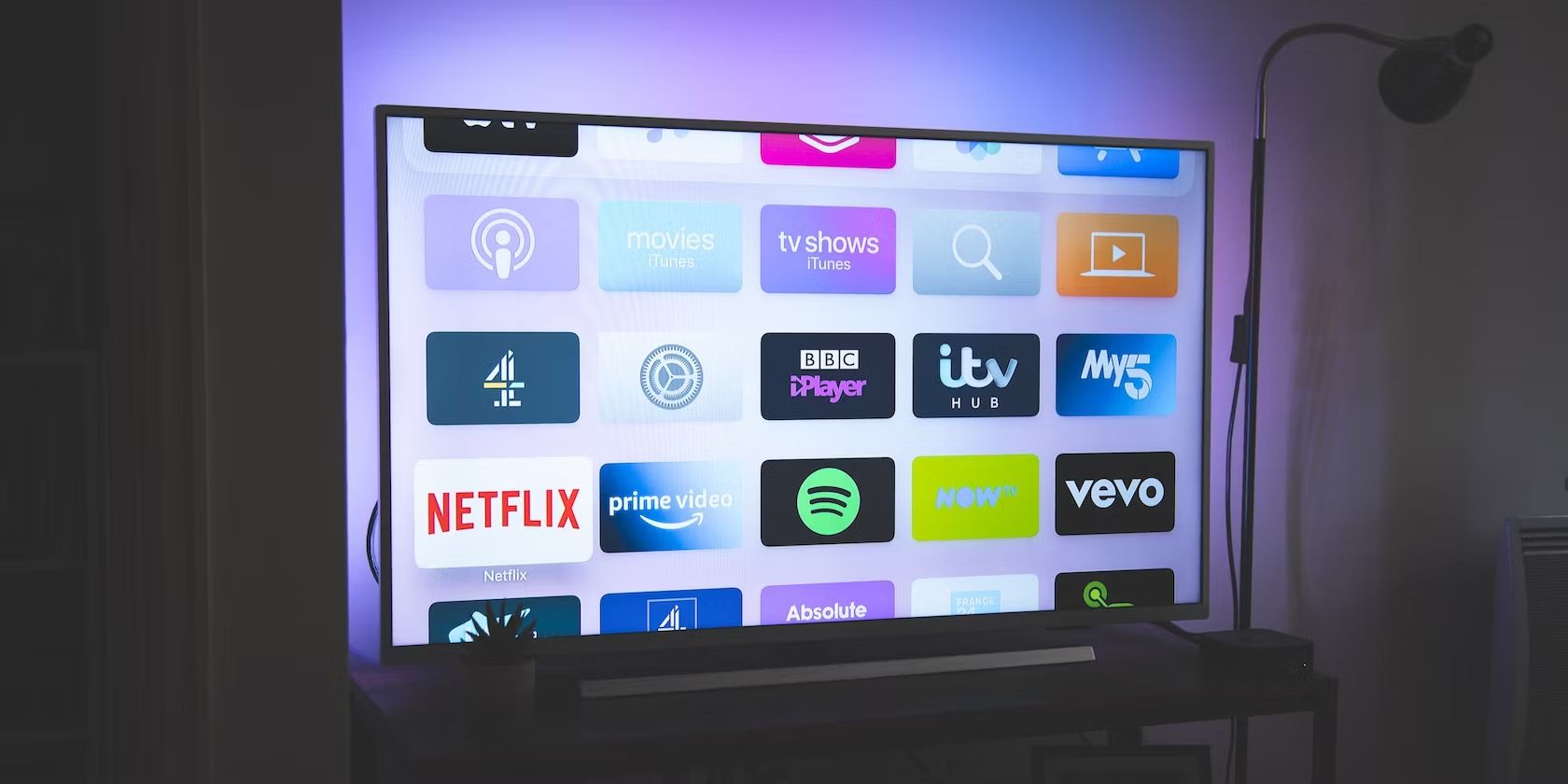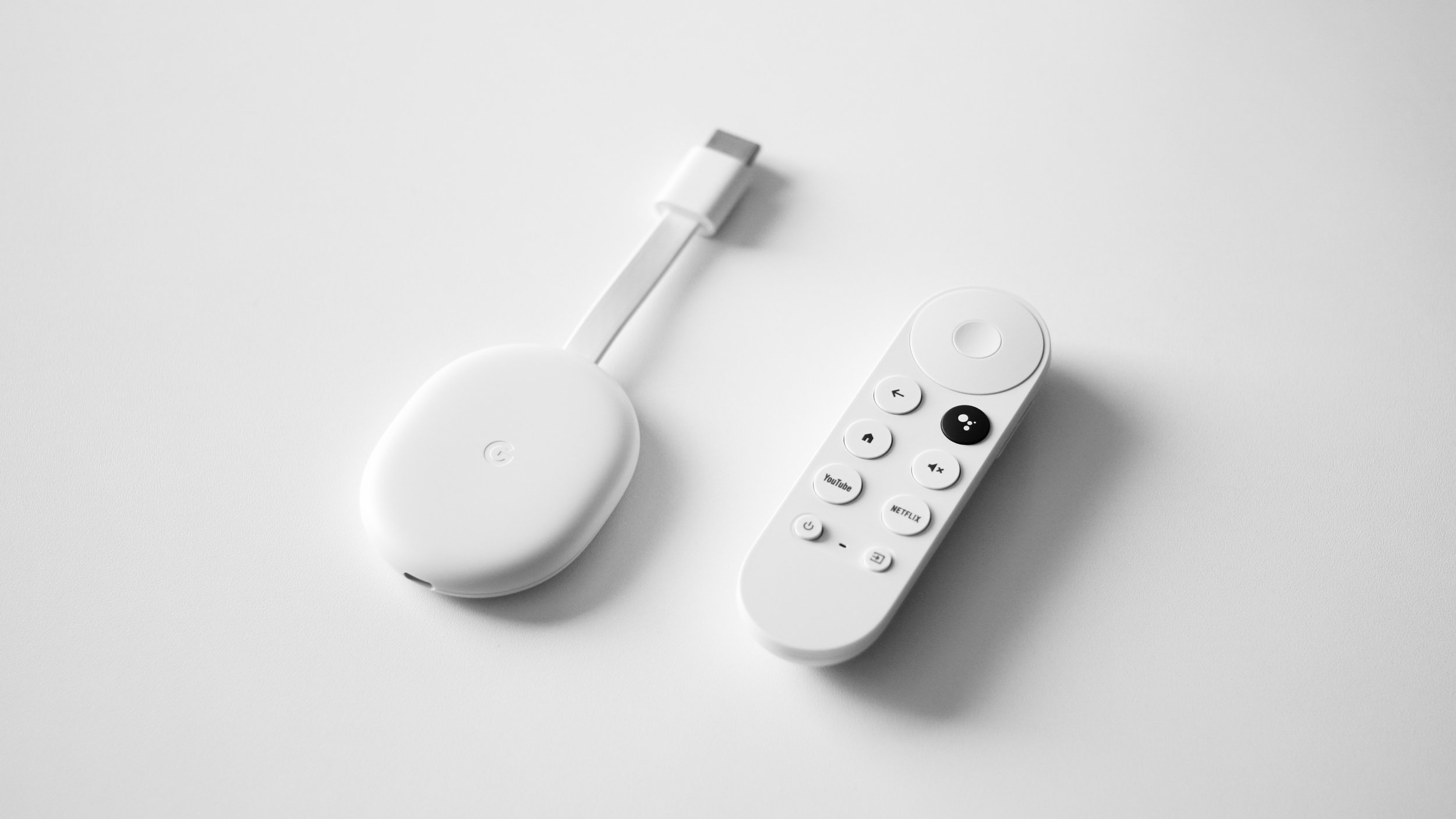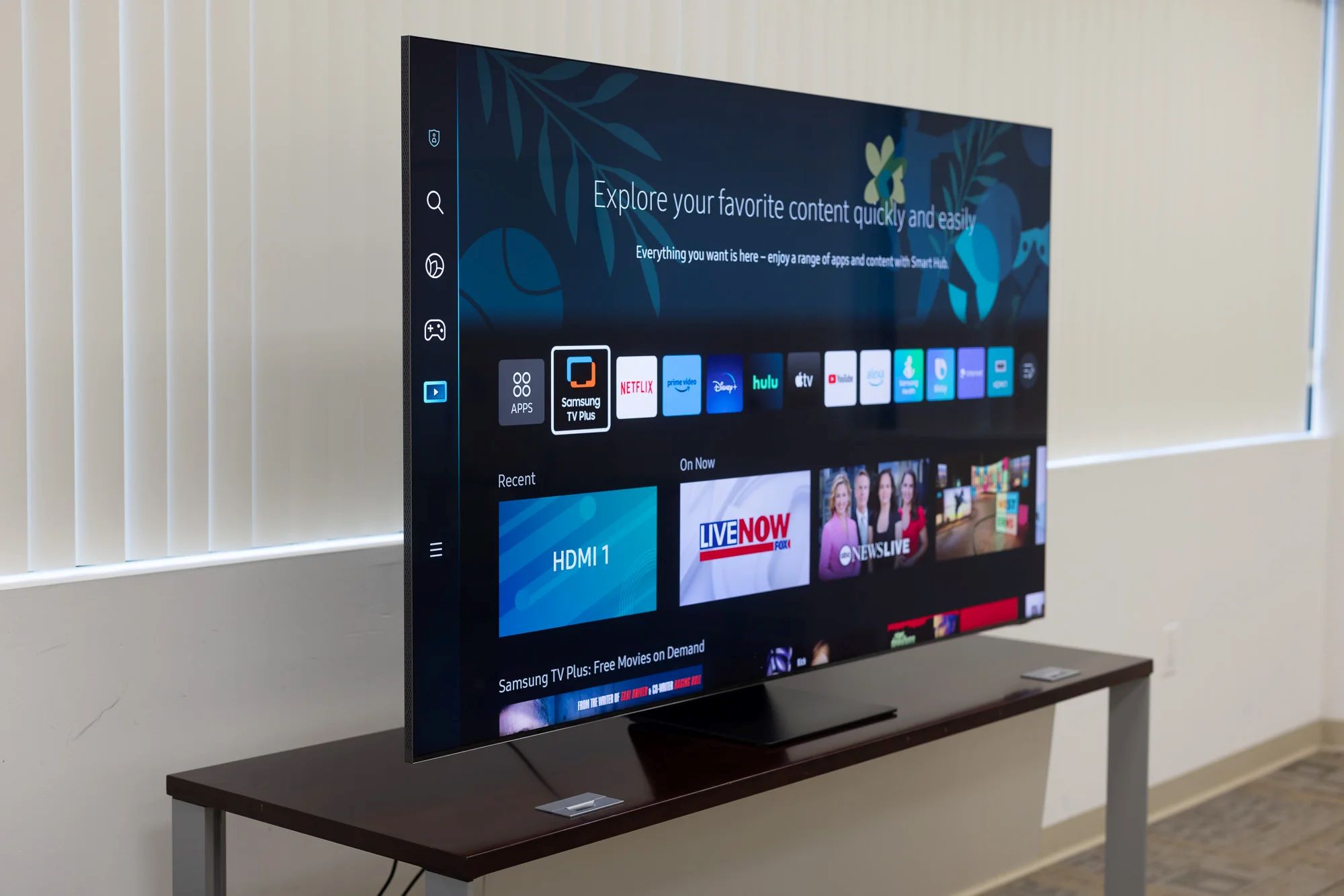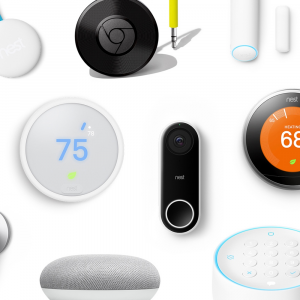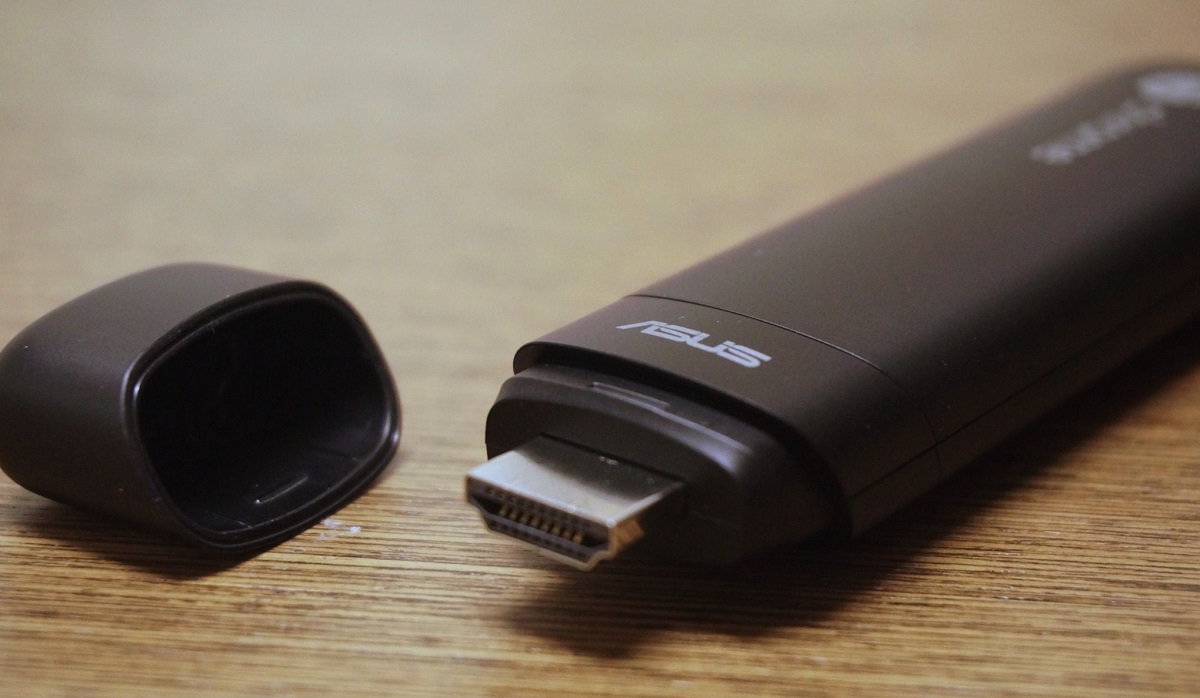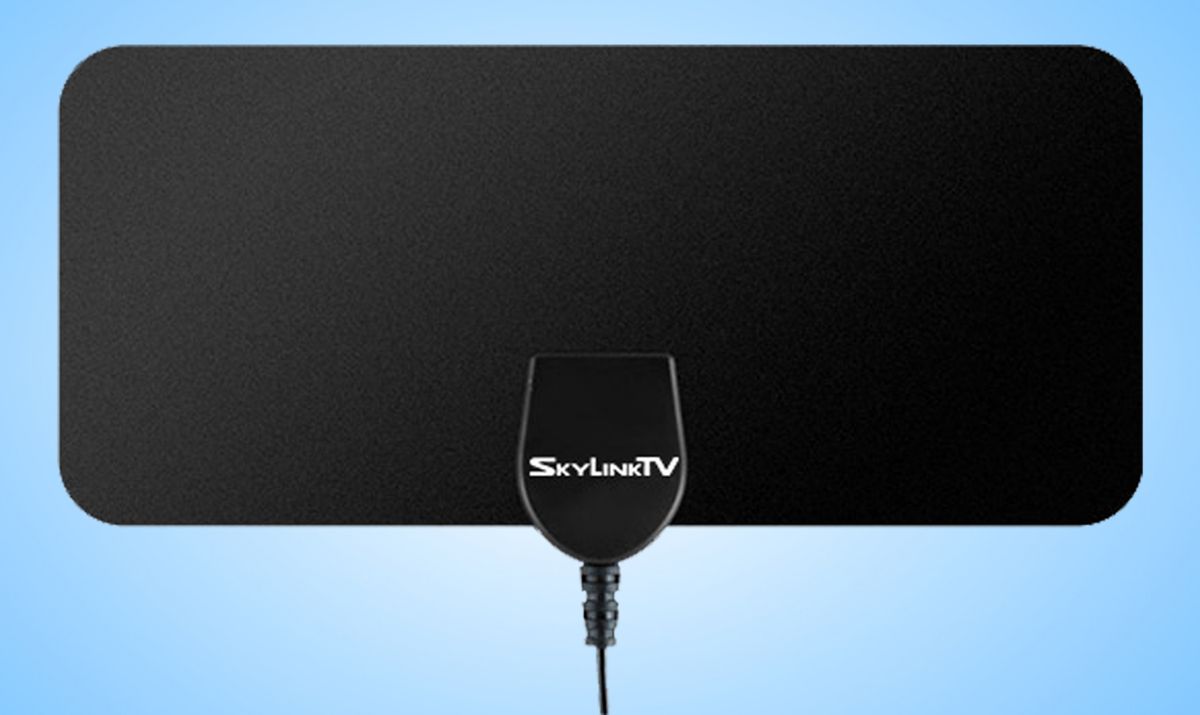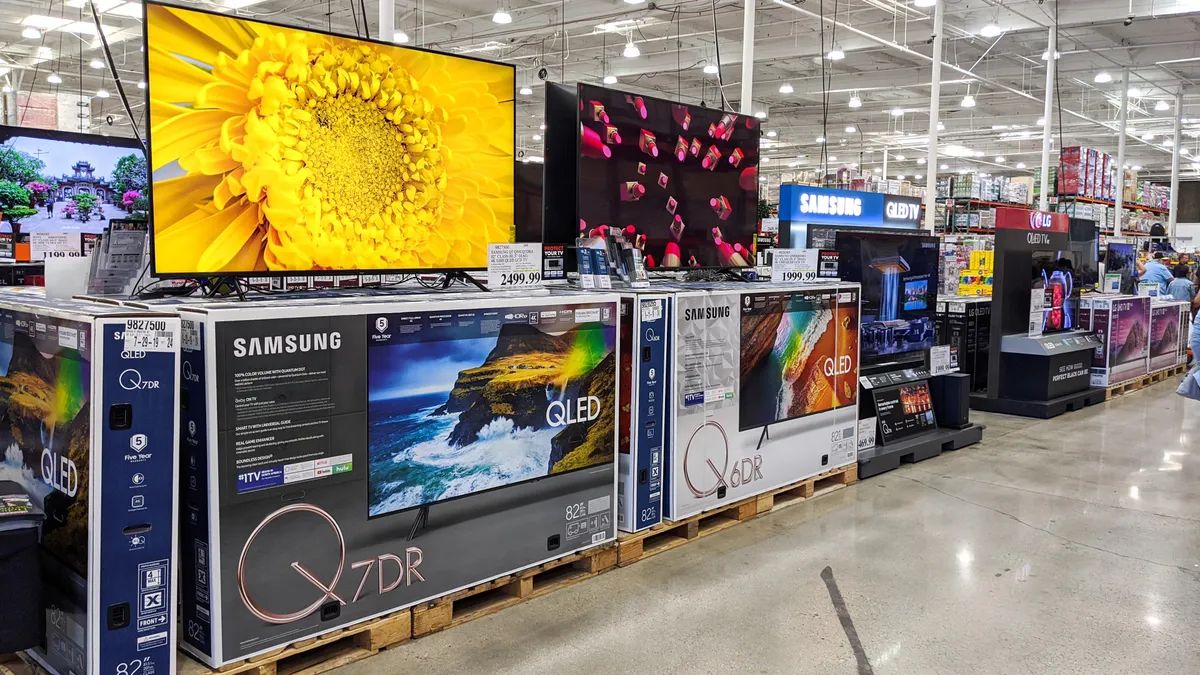Introduction
Welcome to the digital age, where technology continues to revolutionize our daily lives. One such example is the advent of smart TVs – television sets that offer an array of features beyond traditional broadcasting. With the ability to access streaming services, browse the internet, and connect to various devices, smart TVs have become a staple in many households.
However, as with any technological advancement, it is important to consider the impact on our energy consumption. Smart TVs, being power-hungry devices, can contribute to our overall energy usage. Understanding how much power smart TVs consume and discovering ways to reduce their energy consumption is essential to becoming more environmentally conscious and reducing our electricity bills.
In this article, we will delve into the world of smart TVs and explore their power consumption. We will discuss the basics of smart TVs, how they consume power, the factors that influence their power usage, and the different modes of operation that affect their energy consumption. Additionally, we will provide you with useful tips to minimize the power usage of your smart TV without compromising your viewing experience.
So, whether you already own a smart TV or are considering purchasing one, keep reading to learn all you need to know about the power usage of these innovative devices.
The Basics of Smart TVs
Before diving into the specifics of smart TV power consumption, let’s first understand the fundamentals of these modern entertainment devices. Essentially, a smart TV combines the functions of a traditional television with internet connectivity and a range of additional features.
Unlike traditional TVs, smart TVs have built-in Wi-Fi capabilities, allowing them to connect to the internet wirelessly. This connectivity enables users to access a wide variety of online streaming services, such as Netflix, Hulu, and Amazon Prime, directly from their TV screens. Additionally, smart TVs often come equipped with web browsers, social media apps, and downloadable applications, expanding their functionality beyond simple television viewing.
Smart TVs utilize operating systems, similar to those found in smartphones and computers, to provide a user-friendly interface and support various applications. Some popular smart TV platforms include Android TV, webOS, Tizen, and Roku TV. These operating systems offer easy navigation, app support, and customization options, allowing users to personalize their smart TV experience.
Furthermore, smart TVs are designed with advanced hardware components to handle the demands of streaming high-definition content and running complex applications. These components typically include a powerful processor, sufficient RAM, and ample storage space. Additionally, smart TVs often feature multiple HDMI ports, USB ports, and audio outputs, providing convenient connectivity options for external devices such as gaming consoles, sound systems, and media players.
Another distinguishing feature of smart TVs is their ability to connect to home networks. This connectivity allows users to stream media from their smartphones, tablets, or computers directly to their TV screens without the need for additional cables or devices.
Overall, smart TVs offer a comprehensive entertainment experience by combining the traditional capabilities of television with the convenience of internet connectivity and advanced features. Understanding the basics of smart TVs sets the foundation for exploring how these devices consume power and discovering ways to optimize their energy usage.
How Smart TVs Consume Power
Now that we have a good understanding of the basics of smart TVs, let’s explore how these devices consume power. Smart TVs, like any electronic device, require a constant supply of electricity to operate and provide the multitude of features they offer.
One significant power-consuming component of smart TVs is the display panel. The display panel in smart TVs comes in various sizes, ranging from 32 inches to over 80 inches, and can have different display technologies such as LCD, LED, OLED, and QLED. Larger screen sizes and technologies such as OLED tend to consume more power compared to smaller screens and other display technologies.
In addition to the display panel, the backlight of the screen plays a crucial role in power consumption. Older LCD TVs utilize CCFL (Cold Cathode Fluorescent Lamps) for backlighting, which consumes more power compared to modern LED-backlit smart TVs. LED backlights are more energy-efficient and provide better control over brightness, resulting in overall lower power consumption.
The processing power and features of smart TVs also contribute to their power consumption. Smart TVs require processing capabilities to handle tasks such as streaming videos, running apps, and displaying interactive content. The more advanced the features of the smart TV, the higher the power demand. For example, a TV with 4K resolution, HDR (High Dynamic Range), and advanced smart features will likely consume more power compared to a basic smart TV with standard features.
Furthermore, connectivity options, such as Wi-Fi and Bluetooth, also require power to maintain a seamless connection to the internet and external devices. While the power usage of these features is relatively low, it adds to the overall energy consumption of the smart TV.
It’s worth noting that power consumption can vary based on the usage patterns of the smart TV. Streaming high-definition content, using resource-intensive applications, and keeping the TV on for extended periods will increase power consumption. On the other hand, basic tasks like browsing through channels or using energy-saving modes will result in lower power usage.
Understanding how smart TVs consume power is essential not only to optimize energy usage but also to make informed decisions when purchasing a new smart TV. By considering the power consumption aspects, you can choose a TV that aligns with your energy-saving goals and preferences.
Factors That Influence Power Consumption
Several factors influence the power consumption of smart TVs. Understanding these factors can help you make informed decisions to optimize the energy efficiency of your smart TV and reduce your electricity costs.
1. Display Settings: The brightness and contrast settings of your smart TV have a direct impact on power consumption. Higher brightness levels and contrast ratios will require more power. Adjusting these settings to lower levels can help reduce power consumption without sacrificing image quality.
2. Screen Size: The size of the screen directly affects power consumption. Larger screens require more power to maintain uniform brightness across the display. If energy efficiency is a priority, opt for a smaller screen size that meets your viewing needs.
3. Display Technology: Different display technologies have varying power requirements. For example, LCD and LED-backlit displays are generally more energy-efficient compared to plasma displays. OLED displays offer excellent picture quality, but they tend to consume more power.
4. Refresh Rate: The refresh rate, measured in Hertz (Hz), determines how many times per second the image on the screen is refreshed. Higher refresh rates result in smoother motion, but they also consume more power. Consider choosing a smart TV with a refresh rate that suits your viewing preferences.
5. Usage Patterns: The way you use your smart TV greatly impacts power consumption. Streaming high-definition content, engaging in gaming sessions, or using resource-intensive applications will increase power usage. Minimizing the time spent on activities that require high power consumption can help reduce energy usage.
6. Energy-Saving Features: Many smart TVs come equipped with energy-saving features that help reduce power consumption. These features automatically adjust the display brightness based on ambient lighting conditions, activate power-saving modes during periods of inactivity, and optimize energy usage without compromising the viewing experience.
7. Standby Mode: Even when not in use, smart TVs consume power in standby mode. This is often referred to as standby power or vampire power. Consider completely powering off your TV when not in use or using a smart power strip that cuts off power to the TV and connected devices when they are in standby mode.
By considering these factors and making conscious choices about your smart TV usage, you can effectively reduce its power consumption and make a positive impact on both the environment and your energy bills.
Power Usage in Different Modes
Smart TVs offer various modes of operation, each with its own power consumption characteristics. Understanding these modes can help you optimize the energy usage of your smart TV and reduce unnecessary power consumption.
1. Normal Viewing Mode: This is the default mode for watching TV shows and movies. In this mode, the smart TV operates at its maximum capabilities, consuming the most power. While this mode provides the best viewing experience, it is also the mode with the highest power consumption. To reduce power usage, consider adjusting the display settings, such as brightness and contrast, to optimal levels without compromising the visual quality.
2. Energy-Saving Mode: Many smart TVs come equipped with an energy-saving mode or power-saving settings. Activating this mode adjusts the display and processing settings to reduce power consumption while maintaining a satisfactory viewing experience. Energy-saving mode typically decreases the brightness level, adjusts the backlight, or limits the processing power of the TV. Enabling this mode can significantly reduce power usage, especially if you primarily watch TV shows or perform basic tasks that don’t require maximum performance.
3. Sleep Timer Mode: Smart TVs often have a sleep timer feature that automatically turns off the TV after a specified period of inactivity. This mode can help save energy by ensuring the TV is not left powered on when not in use. Set a sleep timer duration that aligns with your viewing habits to avoid unnecessary power consumption.
4. Standby Mode: Standby mode is the state in which the TV remains on standby, ready to be powered on with a remote control or a button press. Even though the TV is not actively displaying any content, it still consumes some power in standby mode. To reduce standby power consumption, consider completely powering off your smart TV when not in use or using a smart power strip that cuts off power to the TV and connected devices when they are in standby mode.
5. Network Standby Mode: Some smart TVs have a network standby mode that allows them to remain connected to the home network, even when in standby. This mode enables features such as remote control via a smartphone app or automatic updates. While convenient, network standby mode consumes slightly more power compared to regular standby mode. If these features are not essential to you, consider disabling the network standby mode to save energy.
Understanding the different modes of operation and how they affect power consumption can assist you in making conscious choices about how you use your smart TV. By utilizing energy-saving modes and adjusting settings appropriately, you can effectively reduce power usage without compromising your viewing experience.
Standby Power Consumption
Standby power consumption, also known as standby power or vampire power, refers to the energy consumed by electrical devices when they are in standby mode or turned off but still plugged into a power source. Smart TVs are no exception to this phenomenon and can consume a significant amount of power even when not actively being used.
While in standby mode, smart TVs are in a low-power state but remain connected to the electrical supply to receive signals from the remote control or initiate automatic updates. This standby power consumption contributes to wasted energy and can have a noticeable impact on your electricity bills over time.
The amount of standby power consumed by smart TVs can vary depending on the make and model. Some newer smart TVs have implemented energy-saving features, such as low-power standby modes, that significantly minimize standby power consumption. However, older models may continue to draw a substantial amount of power even when in standby.
To reduce standby power consumption and mitigate unnecessary energy usage, consider implementing the following tips:
1. Unplug the TV: The most effective way to eliminate standby power consumption is to unplug the TV when it is not in use. This completely cuts off the power supply and ensures no energy is wasted in standby mode. Keep in mind that this approach may require reconfiguration of network settings and reconnection of devices each time the TV is plugged back in.
2. Use a Smart Power Strip: Another option is to use a smart power strip or surge protector that cuts off power to the TV and other connected devices when they are in standby mode. These power strips utilize built-in sensors or timers to detect inactivity and automatically shut off power to the devices, minimizing standby power consumption.
3. Enable Eco Mode: Many smart TVs offer an Eco mode or power-saving feature that can be enabled in the settings menu. Activating this mode adjusts the TV’s power settings to reduce energy usage in both active and standby modes. It might dim the screen, lower the backlight intensity, or disable certain features to optimize power consumption.
4. Adjust Network Standby Settings: Some smart TVs have network standby settings that allow them to remain connected to the network even in standby mode. Disabling this option can help reduce standby power consumption as it eliminates unnecessary network connectivity in standby.
5. Update Firmware: Manufacturers often release firmware updates for their smart TVs that can include performance enhancements and power-saving optimizations. Regularly checking for and installing firmware updates can help improve the energy efficiency of your TV, including standby power consumption.
By taking these measures, you can significantly reduce the standby power consumption of your smart TV. Not only will this help lower your electricity bills, but it will also contribute to a greener, more sustainable future by minimizing unnecessary energy waste.
Tips for Reducing Power Usage of Smart TVs
Reducing the power usage of your smart TV not only helps you save on energy costs but also contributes to a more eco-friendly lifestyle. Here are some tips to optimize the energy efficiency of your smart TV:
1. Adjust Display Settings: Optimizing the display settings is a simple yet effective way to reduce power consumption. Lower the brightness level, adjust the contrast, and enable power-saving modes. These adjustments can help conserve energy without sacrificing the visual quality.
2. Use Energy-Saving Modes: Take advantage of the energy-saving modes or power-saving settings offered by your smart TV. These modes adjust various aspects of the TV’s performance to minimize power usage while still providing a satisfactory viewing experience. Look for options like “Eco mode” or “Power saver mode” in your TV’s settings and enable them to save energy.
3. Enable Automatic Sleep Timer: Many smart TVs offer a sleep timer feature that automatically turns off the TV after a specified period of inactivity. Activate this feature to ensure your TV doesn’t stay on unnecessarily when not in use, reducing power consumption. Set the sleep timer duration according to your viewing habits to avoid unintentional power wastage.
4. Minimize Usage of Energy-Intensive Features: Certain features of smart TVs, such as motion interpolation, picture enhancement, and 3D viewing, consume more power. Limit the usage of these energy-intensive features or disable them altogether if they are not necessary for your viewing experience.
5. Power Off Completely: When you’re done using your smart TV, consider turning it off completely instead of leaving it in standby mode. Standby power consumption can add up over time. Make it a habit to switch off the TV using the power button or unplug it from the power outlet, especially when you’re not planning to use it for an extended period.
6. Control Room Lighting: Adjust the room lighting to reduce the need for high screen brightness. Dim the lights or position the TV away from direct sunlight or other sources of bright light. This helps maintain a comfortable viewing experience and reduces the amount of power required by the TV’s display.
7. Regular Firmware Updates: Stay up to date with the latest firmware updates released by the TV manufacturer. These updates often include optimized power-saving features and performance enhancements, which can help reduce power consumption and improve overall energy efficiency.
8. Smart Power Management: Consider utilizing smart power management tools or devices, such as smart power strips or smart plugs, that can cut off power supply to the TV and other connected devices when they are not in use. These devices can help eliminate standby power consumption and save energy.
By implementing these tips, you can effectively minimize the power consumption of your smart TV and contribute to a more sustainable and energy-efficient home entertainment setup.
Conclusion
Smart TVs have transformed the way we consume entertainment, offering a wide range of features and connectivity options. However, it’s important to be mindful of their power consumption to not only reduce energy costs but also to make environmentally conscious choices.
In this article, we discussed the basics of smart TVs and how they consume power. We explored factors that influence power consumption, such as display settings, screen size, and usage patterns. Additionally, we delved into the different modes of operation that impact power usage, including normal viewing mode and energy-saving mode.
Standby power consumption, also known as standby power or vampire power, was highlighted as a significant contributor to energy waste. We provided tips to minimize standby power usage, including unplugging the TV, using smart power strips, and enabling energy-saving features.
Furthermore, we offered tips for reducing overall power usage, such as adjusting display settings, utilizing energy-saving modes, and enabling automatic sleep timers. Additionally, we emphasized the importance of firmware updates and using smart power management devices to optimize energy efficiency.
By implementing these tips, you can reduce the power consumption of your smart TV and contribute to a greener and more sustainable lifestyle. Not only will you save on energy costs, but you’ll also make a positive impact on the environment by minimizing unnecessary energy waste.
Remember, being mindful of your smart TV’s power usage doesn’t mean sacrificing your viewing experience. With the right settings and adjustments, you can enjoy your favorite shows, movies, and online content while also being energy-efficient.
Make a conscious effort to optimize your smart TV’s power consumption and encourage others to do the same. Together, we can play our part in creating a more sustainable future without compromising our enjoyment of modern technology.







